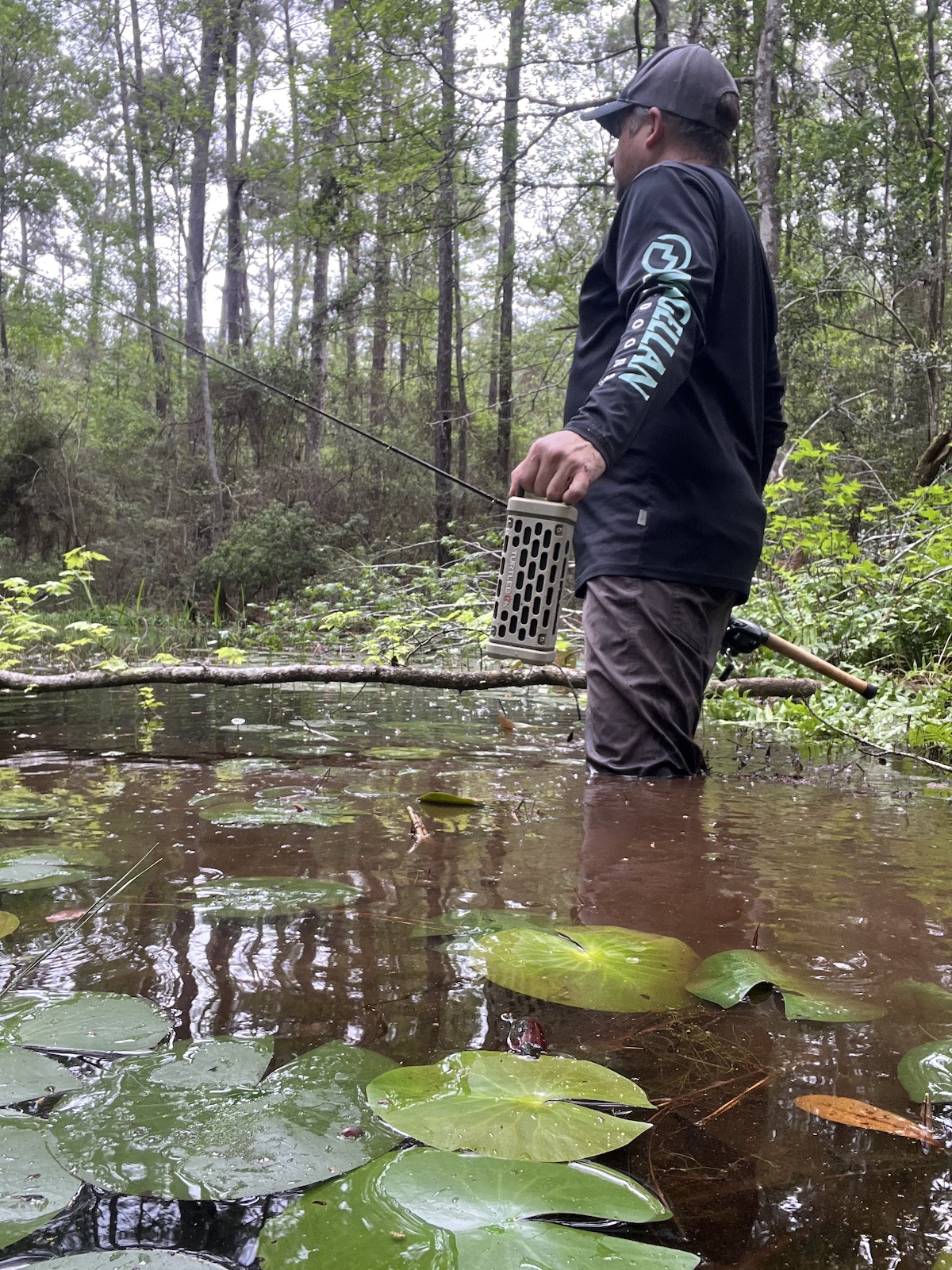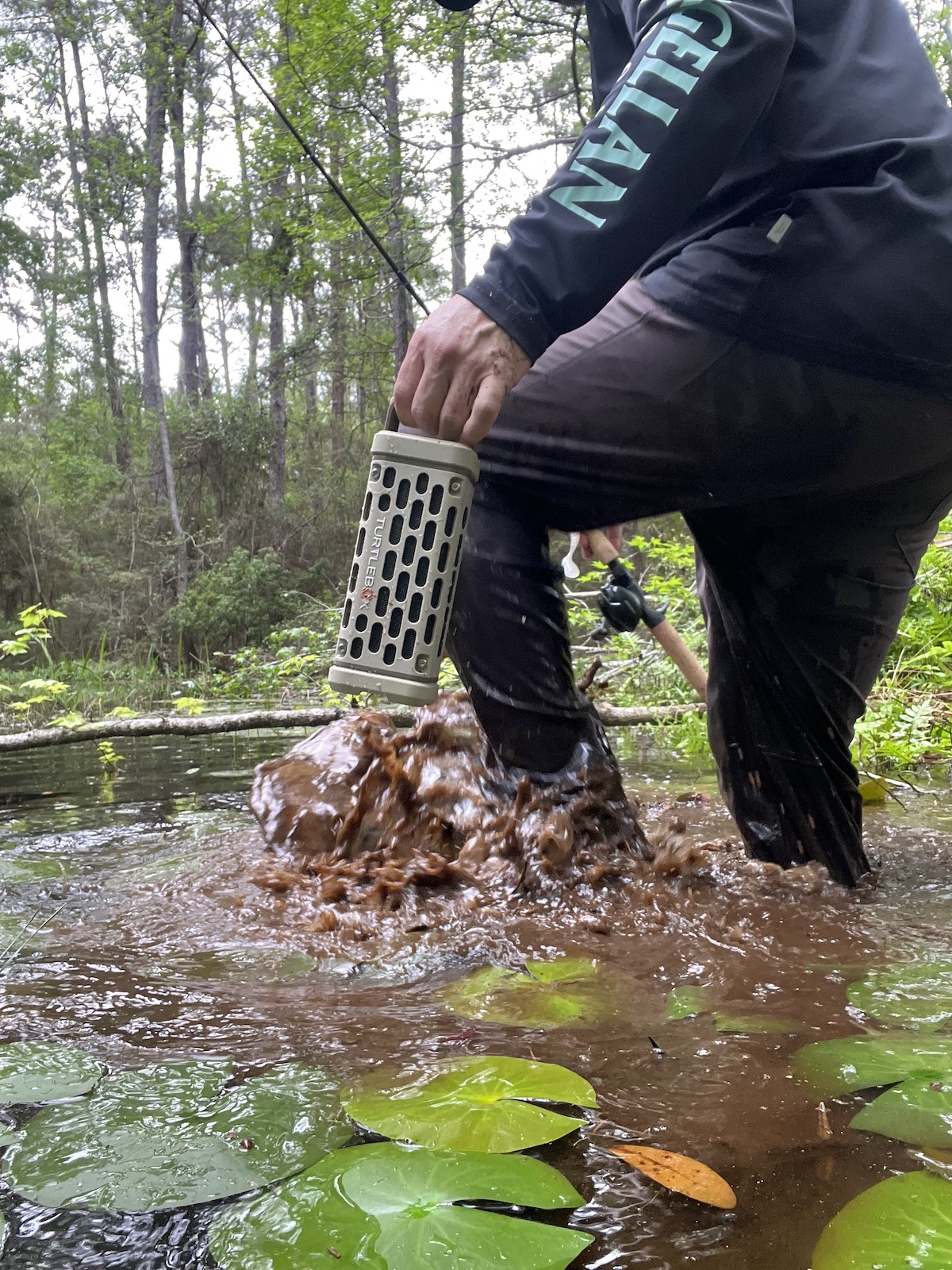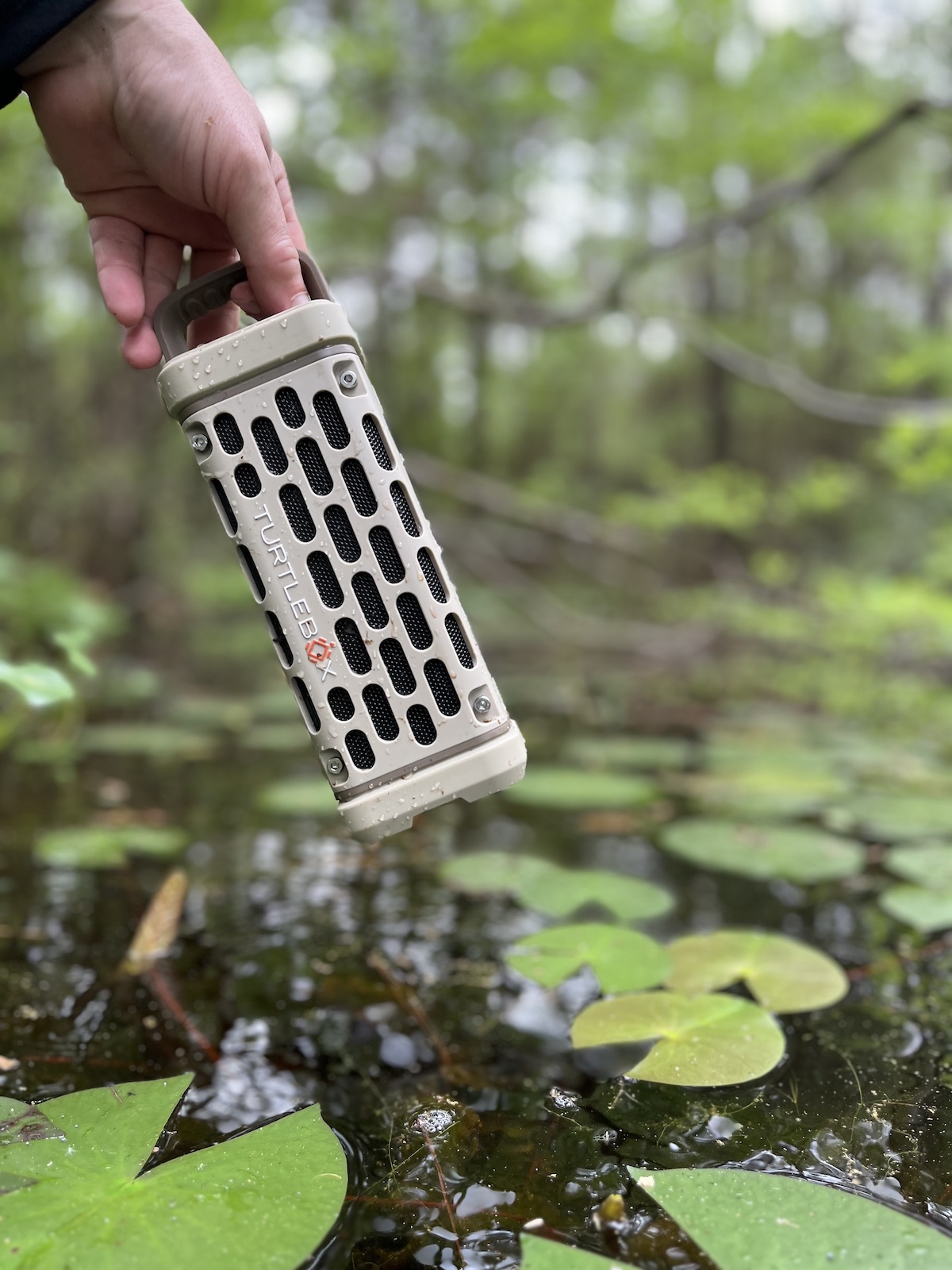Mud, Muck, and 98% Humidity. Did the new Turtlebox Ranger Speaker Survive?
Keith Lusher 04.11.25

There comes a time in every middle-aged person’s life when they realize they’ve lost touch with what’s “cool.” At 50, I’ve fully embraced this reality. My daughters seem determined to keep me somewhat relevant, which is why they all pitched in to buy me the apparently ultra-hip Turtlebox Ranger speaker. “Everybody’s got one,” my youngest daughter Maddie said. While I may not be qualified to judge its coolness factor, I can certainly determine whether it delivers on its promises.
I’ve grown deeply skeptical of marketing claims in our disposable society, where electronics seem designed with built-in expiration dates. My back patio has become a graveyard for three flat-screen TVs, all victims of the relentless Louisiana humidity. Down here, we make a crucial distinction between regular “waterproof” and “Louisiana waterproof” – the latter being able to withstand 98% humidity for weeks on end, air so thick you could almost swim through it.
So when the Turtlebox Ranger boasted waterproof capabilities, my interest was piqued, but my expectations remained firmly in check. Years of disappointment have taught me to approach these claims with the caution of a man who’s watched too many electronics succumb to our rainforest conditions.
Unboxing the speaker felt like handling a small brick. I’ve learned to associate weight with quality in electronics; flimsy means failure, substantial suggests staying power. The Ranger’s hefty 2.4 pounds spoke volumes before hitting the power button. The setup proved refreshingly straightforward—no instruction manual was needed to charge it, power it up, and connect it to my iPhone via Bluetooth.
But the true test awaited in the Abita swamp of Southeast Louisiana, where I brought the Ranger along for a magazine photo shoot about largemouth bass fishing. If any environment could challenge the Turtlebox’s resilience claims, it would be here, in the heart of humidity country.
Specs at a Glance:
- Dimensions: 8.05″ H × 3.15″ W × 3.15″ D
- Weight: 2.4 lbs
- Bluetooth 5.4 connectivity
- IP-67 waterproof rating
- 100% drop, crush, and dust-proof construction
- All-day battery life
- Pairing capability with Original Gen 3’s, Rangers, and Grandes
- Designed for gatherings of 1-10 people
Performance in the Louisiana Swamp
The Ranger’s IP-67 waterproof rating claims it can handle submersion up to 3 feet for 30 minutes, but the sulfuric-smelling Louisiana swamp offers a disgusting cocktail of challenges beyond mere chocolate milk-colored water. My photo shoot had me plowing through muddy terrain, navigating cypress knees, and battling the kind of humidity that had my camera lens fogged within seconds.

What impressed me most was how this little beast of a speaker took the beating. The Ranger’s Class D digital amplifier pumped out crystal-clear audio even as we pushed deeper into the swamp. The dual 2-inch waterproof drivers delivered clean, crisp sound that carried surprisingly well across the water, while the passive 2×4-inch speaker provided a bass response that sounded much like my first Bose portable speaker I bought when I was in my 20s.
The real testament to the Ranger’s durability came when it slipped from a branch that I had it fastened to. I thought to myself, “Well, this will be a great test huh?” After fishing it out and giving it a quick rinse with muddy swamp water (all we had available), the speaker continued playing without missing a beat. No seepage, no hiccups – just reliable performance that defied the environment’s best attempts to silence it.

Later, back at home, I pushed it further with a proper cleaning from the hose, which instinctively felt wrong while I was doing it. Again, the Ranger proved itself truly waterproof—not just advertising waterproof, but real waterproof—no ifs, ands, or buts!
Versatility Beyond the Swamp
For remote fishing seminars where I need to connect a microphone, the Ranger has replaced my bulkier Tailgator. Despite its compact size, it delivers enough volume to be heard clearly. However, I did notice that at maximum volume, there’s a slight distortion when you’re standing very close to the speaker – a minor quibble, considering its intended use is for outdoor spaces.

The battery life lives up to the “all-day” claim, easily lasting through extended outings without needing a recharge. The USB-C port for charging not only powers up the speaker quickly but can also charge other devices—a clutch feature when you’re away from power sources for extended periods.
The Verdict: Louisiana-Proof Excellence
After putting the Turtlebox Ranger through conditions that would beat down most electronics to an early death, I can confidently say this speaker delivered. Time will tell how it holds up. At $220, it’s positioned between budget speakers that can’t withstand the elements and higher-end options like Turtlebox’s own Gen 2 ($400) and Grande ($700) models.

Whether you’re looking for a speaker to accompany you on fishing trips, beach outings, golf courses, or – in my case – swamp excursions for magazine photography, the Ranger proves itself a worthy bruiser deserving of both the investment and the hype my daughters assured me it commanded.

